2014 Radiological Event at the WIPP
On February 14, 2014, a radiation release occurred at the WIPP from a compromised drum of contact-handled transuranic waste emplaced underground in the WIPP facility. The drum contained nitrate salts, processed and emplaced at the WIPP in late 2013. The Department of Energy Accident Investigation Board determined the cause of the radiation release was an exothermic reaction due to the use of incompatible, organic sorbent material instead of inorganic sorbents for absorbing free liquids in sludge waste containers.
- EPA response to 2014 radioactive release at the Waste Isolation Pilot Plant (WIPP)
- WIPP response photo gallery
- Resources
EPA Response to 2014 Radioactive Release at the Waste Isolation Pilot Plant (WIPP)
EPA was in regular contact with DOE, the New Mexico Environment Department and the Carlsbad Environmental Monitoring and Research Center. EPA’s review of the data collected indicated that:
- The radiation releases did not pose a public health concern.
- DOE followed the procedures previously approved by EPA.
- The WIPP facility remains in compliance with EPA regulations.
Below you will find a list of updates EPA provided following the February 2014 radiological event at the WIPP.
April 24, 2015: DOE released its Phase I Accident Investigation Report and accompanying summary slides regarding the WIPP event. View DOE's Phase I Accident Investigation Report.
March 30, 2015: DOE issued its Technical Assessment Team (TAT) Report related to the February 2014 radiological release at the WIPP. The TAT is an independent team of technical experts that evaluated the mechanisms and chemical reactions contributing to the failure of the waste drum in the underground facility. The report concludes that one drum (Drum 68660) was the source of radioactive contamination.
View DOE’s WIPP TAT Report released by the Office of Environmental Management.
December 7, 2014: DOE has responded to EPA’s WIPP Inspection Report and WIPP Summary Report (sent in October 2014), which documents the Agency’s actions and findings related to the February 2014 release at the facility. The report below includes a schedule and description of implemented and planned activities, as well as identifying improvements to the design and maintenance of the ambient air sampling network and integration of sample handling and analysis.
October 7, 2014: EPA has completed the April 2014 WIPP Inspection Report and the WIPP Summary Report documenting EPA’s actions and findings related to the February 14th release at WIPP. EPA found that the release was largely contained within the WIPP underground and the release did not pose a public health or environmental hazard. The public doses were well below EPA’s standards. EPA identified a number of areas needing improvement regarding DOE’s ambient environmental air sampling network, laboratory procedures and incident response protocols.
- Subpart A Inspection Report in Response to the February 14, 2014 WIPP Incident.
- Summary of EPA’s Response and Findings Related to the February 2014 Radioactive Release at the Waste Isolation Pilot Plant.
August 27, 2014: EPA evaluated DOE's dose projections and conducted independent public dose modeling using data supplied by DOE. DOE followed their modeling procedures and both DOE's and EPA's independent dose calculations resulted in the same effective dose equivalent of less than 0.01 millisievert/year (1 millirem/year), well below the regulatory limit of 10 millirems/year (0.1 millisievert/year).
- Consequence Assessment Review Summary for the February 2014 Radiological Emission Release at the Waste Isolation Pilot Plant.
- Environmental Protection Agency's Confirmatory Dose Calculations of the Department of Energy's Use of CAP88-PC for the February 2014 Radiological Emission Release at the Waste Isolation Pilot Plant.
- Quality Assurance Project Plan: Environmental Protection Agency’s Verification of the Department of Energy’s CAP88-PC WIPP Release Dose Calculations.
August 13, 2014: EPA completed an evaluation of DOE's WIPP Laboratories americium and plutonium results from air samples collected at the WIPP site in February and March 2014. The verification identified a number of deviations from stated requirements or expectations. EPA's review of the calculations also identified apparent flaws in how results are calculated. The calculation errors should have minimal impact on the usability of the data that were reviewed. DOE needs to address these findings in order to provide the most defensible data possible at all times.
August 8, 2014: EPA completed a statistical analysis comparing EPA and DOE air filter results collected during three weeks in April 2014. EPA found that the EPA and DOE results were consistent:
- There was no evidence of a systematic difference between the DOE and EPA activity concentration measurements.
- For both DOE and EPA data, the variation observed among the activity concentration measurements was consistent with the measured uncertainty.
- There was no evidence of positive concentrations for any of the monitored radionuclides.
Additional supporting documents:
- Analysis of EPA and DOE WIPP Air Sampling Data.
- NAREL Quality Assurance Project Plan: Deployment of Air Monitors to the WIPP Site.
June 11, 2014: EPA published a report on the April 9, 2014 visit to the Waste Control Specialists. EPA determined that the system of controls in place adequately tracks waste containers in storage and appropriately maintains waste inventory records.
June 6, 2014: EPA completed the analysis of the air filters collected by our team at WIPP in April 2014. All the results were considered "non-detect" for americium-241, plutonium-238 and plutonium-239/240; these are the radionuclides of concern with a release at the WIPP site. “Non-detect” means that no radioactivity was detected or measurable beyond the analytical uncertainty range. To date, EPA's review of the data collected indicates that the radiation releases did not pose a public health concern.
May 1, 2014: On April 9, 2014, EPA’s WIPP waste characterization team visited Waste Control Specialists (WCS) to determine whether the Department of Energy (DOE) was meeting EPA’s waste inventory tracking requirements. DOE began shipping waste to the Andrews, Texas-based WCS in April 2014 due to the temporary closure of WIPP. Under the State of New Mexico Governor’s Directive, DOE must remove 3,706 cubic meters of transuranic waste from Los Alamos National Laboratory by June 30, 2014. During the WCS visit, EPA observed unloading and storage operations, interviewed WCS and DOE Contractor staff and evaluated objective evidence for technical adequacy. EPA determined that the system of controls in place adequately tracks waste containers in storage and appropriately maintains waste inventory records.
April 25, 2014: On Thursday, April 24, 2014, members of the EPA’s WIPP team attended and presented at the Carlsbad Town hall meeting.
April 17, 2014: On Wednesday, April 16, 2014, the EPA WIPP Team performed an operational check on its four air samplers at the facility and also met with DOE representatives on the Agency's continuing monitoring activities. Additional air sampling and shipping equipment was left at the site for future filter replacements.
April 16, 2014: On Tuesday, April 15, 2014, the EPA WIPP Team performed the first of three filter change-outs for its four air samplers (co-located alongside DOE's samplers) at the facility. After being checked and verified, the four samples (plus a blank filter) were packaged and shipped to the EPA's National Analytical Radiation Environmental Laboratory (NAREL) for analysis. EPA staff were also given a tour of the New Mexico Environment Department's solar-powered monitor in Mobley Ranch near the WIPP site.
April 15, 2014: On Monday, April 14, 2014, the EPA WIPP team met with DOE staff and toured the facility's radioanalytical laboratory. The Agency also met with WIPP Environmental Group representatives to relocate air sampling, air filter and shipping supplies onsite at the WIPP for continued monitoring. Finally, the WIPP team attended and presented at the Council meeting in Jal, New Mexico.
April 14, 2014: On Friday, April 11, 2014, EPA's WIPP team toured the WIPP Waste Handling Facility alongside DOE staff. The Agency's field team also met with the environmental sampling and radiation control groups to ensure continued coordination in all ongoing activities.
April 11, 2014: On April 10, 2014, EPA's WIPP assessment and monitoring team met with DOE WIPP laboratory personnel and observed laboratory operations. Members of the EPA WIPP team also attended and presented at the Carlsbad Town hall meeting.
April 9, 2014: Since arriving at WIPP on Monday, members of EPA’s environmental monitoring and assessment team completed an initial review of the operations of DOE’s air samplers and placed EPA air samplers at three sites near existing DOE samplers.
April 7, 2014: Members of EPA’s environmental monitoring and assessment team are arriving at WIPP today. This site visit will support EPA’s larger, long-term evaluation of WIPP’s continued compliance with the requirements of 40 CFR Part 191, Subpart A.
While at the WIPP facility, EPA will:
- Review DOE’s air sampling plan for monitoring the area in and around the facility.
- Visit DOE’s air samplers to review their operations.
- Place a limited number of air samplers on-site near existing DOE samplers to independently corroborate DOE’s reported results.
March 26, 2014: EPA has been in daily contact with the New Mexico Environment Department (NMED) in actively overseeing the actions being taken by the Department of Energy (DOE) related to the February 2014 radiological event at the WIPP. Based on the available information, the Agency does not believe that the radioactive releases from the WIPP present public health concerns or regulatory compliance issues. As DOE plans to enter the facility, EPA will deploy several air samplers to validate and verify DOE monitoring. The Agency will continue to communicate regularly with DOE and the NMED, and will share information with the public on EPA’s oversight actions at the WIPP facility through this website and other mechanisms. View EPA's one-page summary of the response and actions related to the WIPP event, EPA Actions in Response to Release of Radioactive Material from the Waste Isolation Pilot Plant (WIPP).
March 5, 2014: EPA has responded to several Congressional inquiries for information about the radiological event at the WIPP.
- Response to U.S. Senator Tom Udall on Radiological Event at the WIPP.
- Request for Assistance and Information on Radiological Event at the WIPP from the U.S. Senate.
- Response to Senator Martin Heinrich on Radiological Event at WIPP.
WIPP Response Photo Gallery
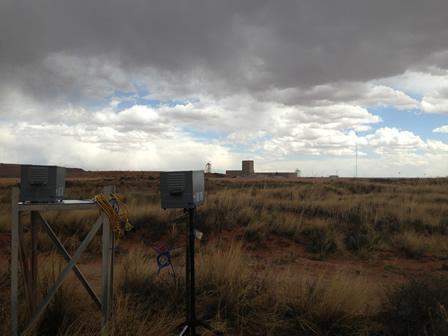

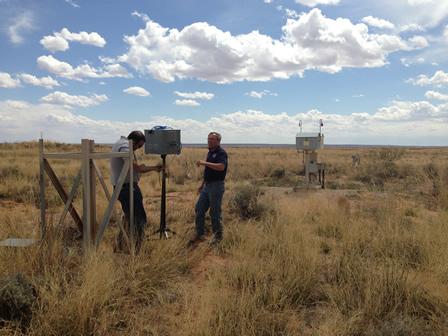
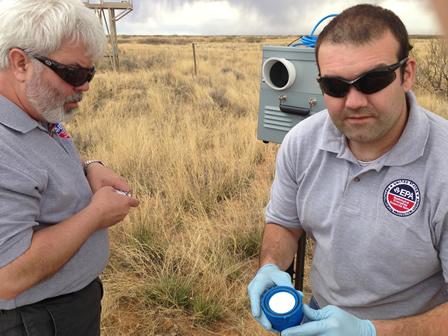
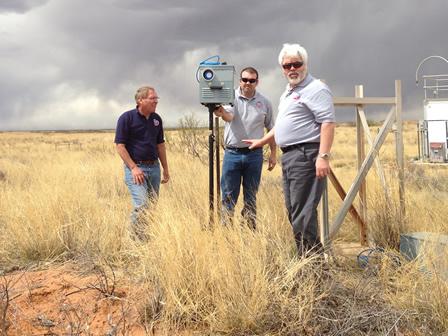
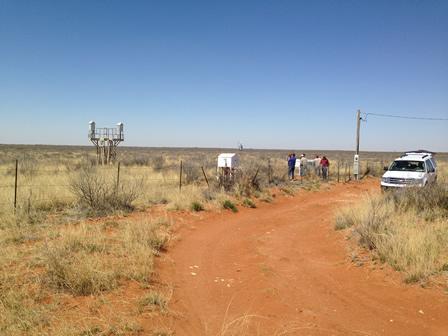
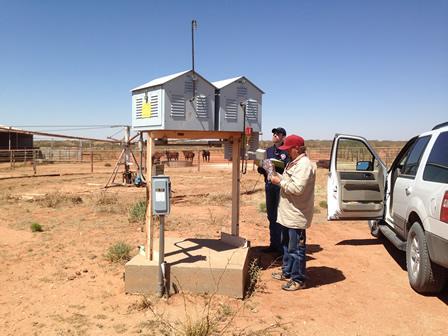
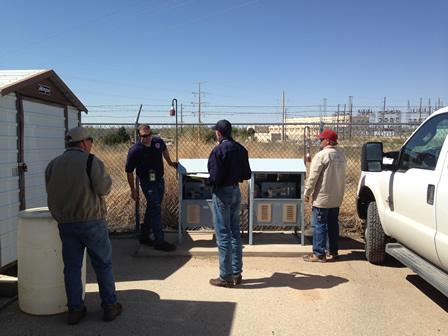
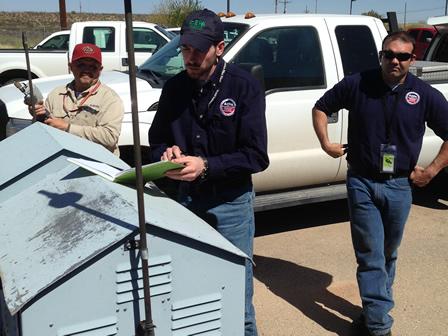
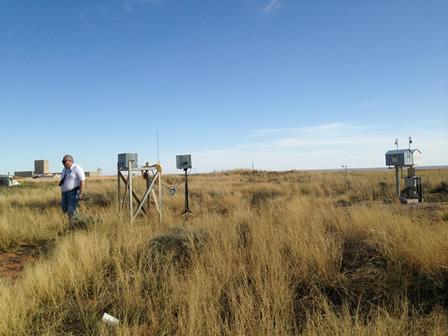
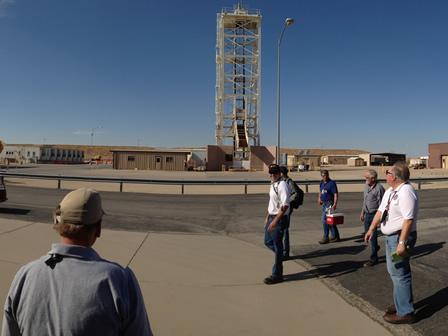
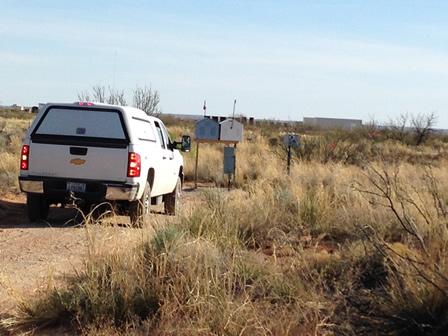
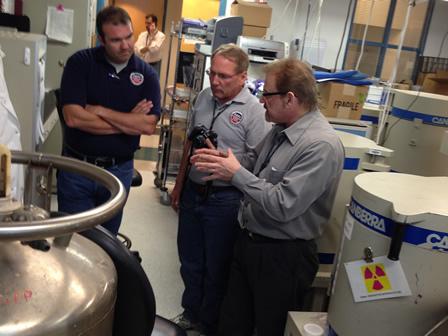
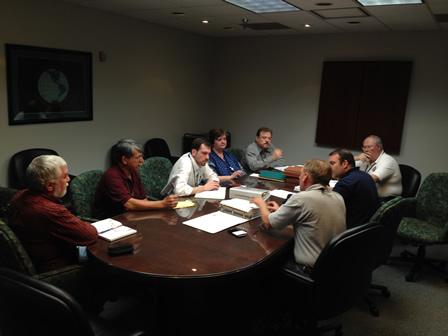

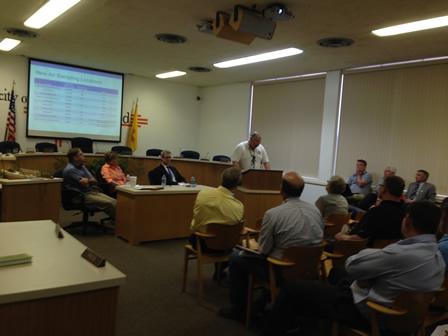
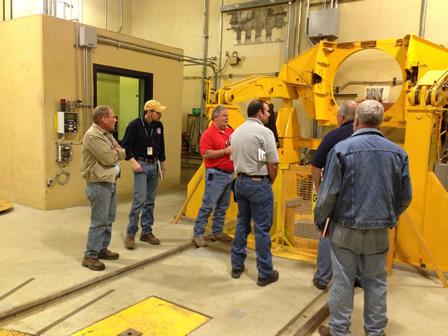
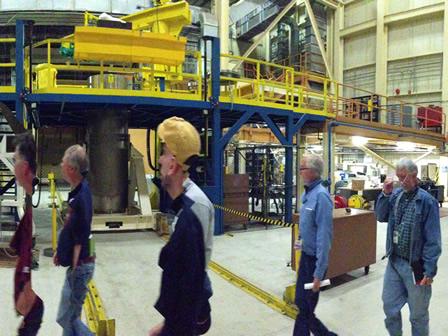
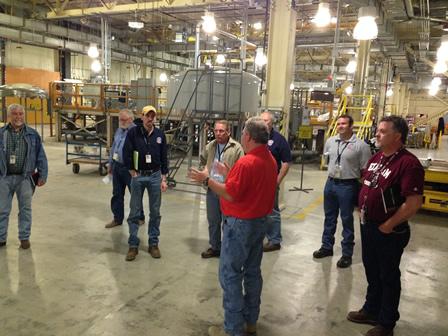
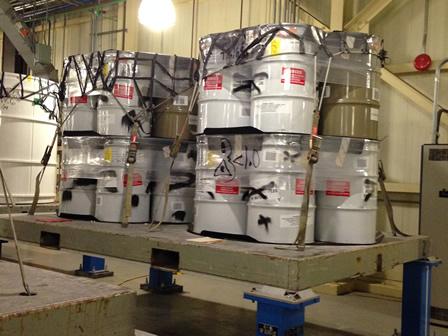
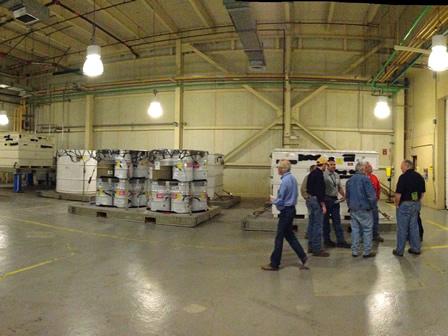
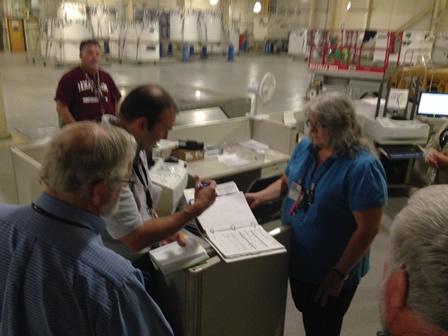

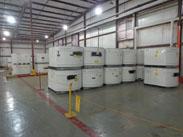
Resources
- U.S. Department of Energy, What Happened at WIPP in February 2014 – This site provides information about DOE’s response to two isolated events took place at WIPP in February, a fire involving a salt haul truck and an alarm from a continuous air monitor (CAM) during the night shift.
- New Mexico Environment Department (NMED)- Waste Isolation Pilot Plant Page – This website provides the public with basic information about the WIPP Hazardous Waste Facility Permit issued by NMED.
- Carlsbad Environmental Monitoring & Research Center – This site provides links to the WIPP air sampling results taken by the Carlsbad Environmental Monitoring & Research Center.
